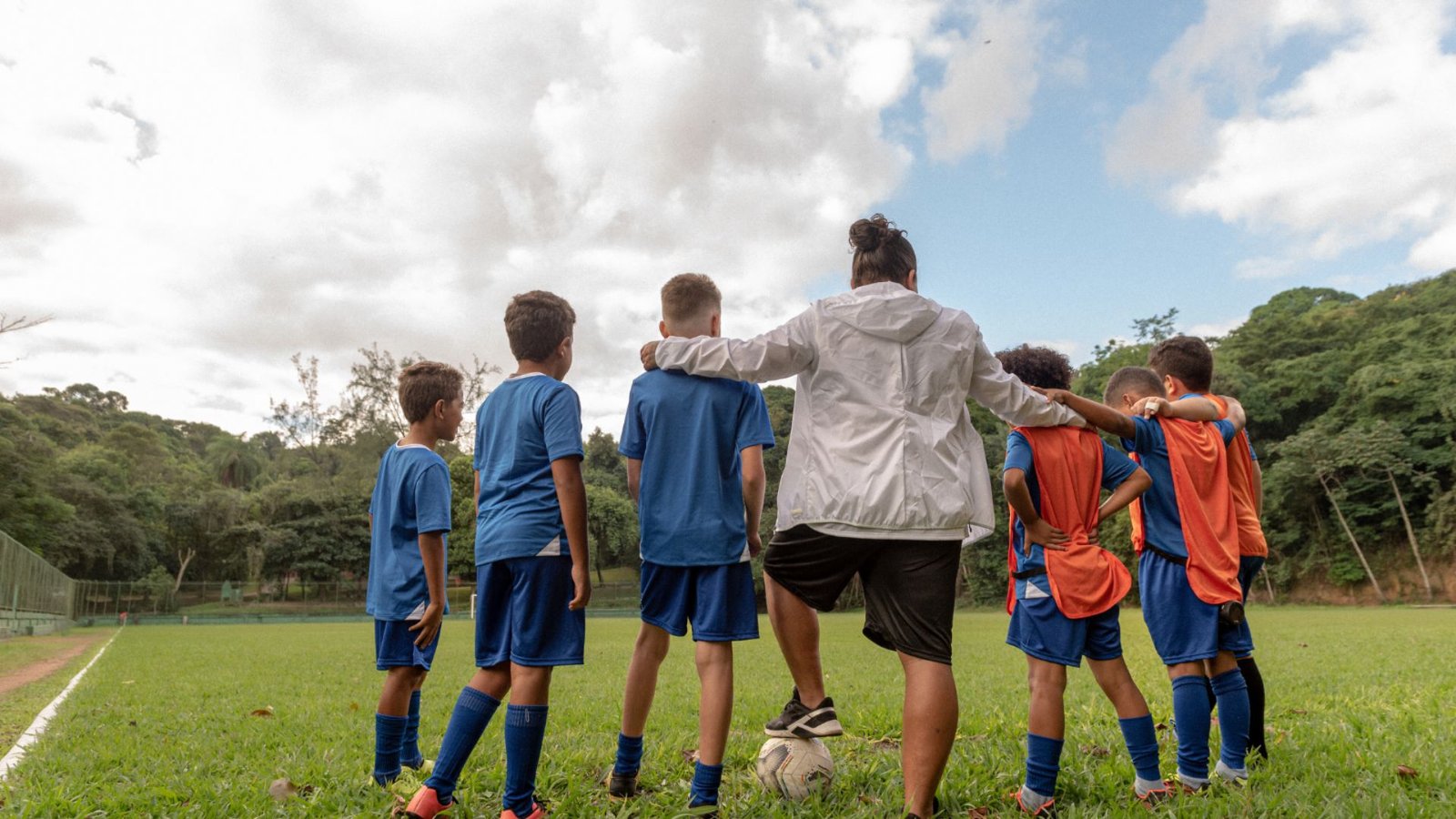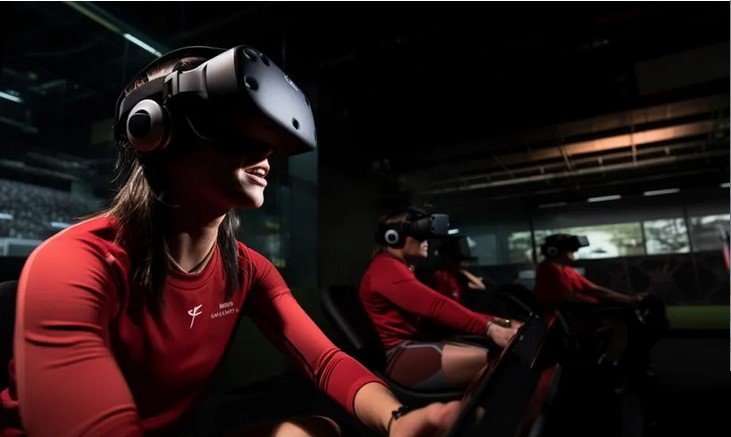Sports and recreation are powerful drivers of economic development. From job creation and tourism to infrastructure improvements and community benefits, investing in sports and recreational activities can significantly boost local economies. This article explores how sports and recreation contribute to economic growth, highlighting the various benefits and opportunities they present.

Economic Benefits of Sports and Recreation
Job Creation and Employment Opportunities
Sports and recreation create numerous job opportunities:
- Facility Management and Operations: The development and maintenance of sports facilities require a range of professionals, including facility managers, groundskeepers, and maintenance staff. These jobs support the local economy and provide employment opportunities.
- Event Staffing: Hosting sports events, from local tournaments to international competitions, creates temporary jobs in areas such as security, ticketing, and event coordination. These roles contribute to short-term employment and economic activity.
- Coaching and Training: The sports and recreation sector also includes coaching and training positions. Coaches, fitness trainers, and instructors play a vital role in the development of athletes and recreational participants.
Tourism and Visitor Spending
Sports and recreation attract tourists and boost local spending:
- Sports Events: Major sports events, such as marathons, tournaments, and championships, draw visitors from outside the area. These visitors spend money on accommodation, dining, and entertainment, benefiting local businesses.
- Recreational Facilities: Well-designed recreational facilities, such as parks, trails, and sports complexes, attract both locals and tourists. Investment in these facilities encourages visits and contributes to the local economy.
- Destination Sports: Some regions become destinations for specific sports, such as skiing resorts or golf courses. These destinations attract enthusiasts and contribute to sustained tourism and economic growth.
Infrastructure Development
Investing in sports and recreation drives infrastructure improvements:
- Facility Construction: Building or upgrading sports facilities, such as stadiums, arenas, and recreational centers, requires significant investment. These projects often involve construction jobs and stimulate local economic activity.
- Transportation and Access: Developing sports and recreation infrastructure often includes improving transportation links and accessibility. Enhanced roadways, public transit options, and parking facilities benefit both sports participants and the general public.
- Public Spaces: Investment in public recreational spaces, such as parks and community centers, enhances quality of life and promotes outdoor activities. These improvements contribute to long-term economic and social benefits.
Community Engagement and Social Benefits
Sports and recreation foster community engagement and social cohesion:
- Community Events: Local sports leagues, tournaments, and recreational activities bring communities together. These events build social connections, strengthen local bonds, and create a sense of community pride.
- Health and Wellness: Participation in sports and recreation promotes physical health and well-being. A healthier population reduces healthcare costs and contributes to a more productive workforce.
- Youth Development: Sports programs for youth provide valuable life skills, such as teamwork, discipline, and leadership. Investing in youth sports programs can have long-term positive effects on individuals and communities.
Case Studies of Economic Development Through Sports and Recreation
The London 2012 Olympic Games
The London 2012 Olympics had a substantial impact on economic development:
- Infrastructure Investment: The Games led to significant investments in infrastructure, including the construction of the Olympic Park and the improvement of public transport. These developments have had lasting benefits for the city.
- Economic Boost: The Olympics generated revenue through ticket sales, sponsorships, and tourism. The influx of visitors and increased spending boosted the local economy and created jobs.
- Regeneration Projects: The Games spurred regeneration projects in East London, transforming previously underdeveloped areas into vibrant communities with improved facilities and amenities.
The Sports City of Doha, Qatar
Doha, Qatar, has invested heavily in sports and recreation:
- Sports Facilities: The city has developed world-class sports facilities, including the Aspire Zone and various stadiums. These facilities host international events and attract sports enthusiasts from around the world.
- Economic Impact: The investment in sports infrastructure has stimulated tourism, created jobs, and boosted the local economy. Doha has become a prominent destination for international sports events.
- Community Benefits: Sports and recreation have become integral to Doha’s community life, promoting health and wellness among residents and enhancing the city’s global profile.
The Green Bay Packers and Lambeau Field
The Green Bay Packers’ Lambeau Field demonstrates the economic impact of sports facilities in a smaller city:
- Local Economy: Lambeau Field is a key driver of the local economy in Green Bay, Wisconsin. The stadium attracts thousands of visitors for each game, contributing to local spending on hotels, restaurants, and retail.
- Community Impact: The Packers’ success and the stadium’s presence have fostered a strong sense of community and pride. The facility supports local businesses and provides recreational opportunities for residents.
- Long-Term Investment: Investment in the stadium and related facilities has had a lasting impact on the city’s economy and community, demonstrating the benefits of sports infrastructure in smaller markets.
Challenges and Considerations
High Costs and Financial Risks
Investing in sports and recreation involves substantial costs and risks:
- Initial Investment: The costs of building and maintaining sports facilities can be high. Ensuring that these investments generate sufficient revenue and economic benefits is crucial.
- Economic Fluctuations: Economic downturns and changes in market conditions can impact the financial performance of sports facilities and events. Careful financial planning and risk management are essential.
Balancing Public and Private Interests
Balancing public and private interests in sports investments can be challenging:
- Funding Sources: Determining the appropriate mix of public and private funding requires careful consideration. Public funds may be used for infrastructure, while private investments can support facility operations and event management.
- Community Impact: Ensuring that sports and recreation investments benefit the broader community and align with public interests is important. Engaging with residents and stakeholders helps address concerns and achieve positive outcomes.
Environmental and Social Impacts
Sports and recreation investments can have environmental and social implications:
- Sustainability: Implementing sustainable practices and eco-friendly designs helps minimize the environmental impact of sports facilities. Green building certifications and energy-efficient technologies contribute to sustainability.
- Social Equity: Ensuring that sports and recreation facilities are accessible to all community members, regardless of socioeconomic status, promotes inclusivity and equal opportunities.
Conclusion
Sports and recreation are powerful drivers of economic development, offering benefits such as job creation, tourism, infrastructure improvements, and community engagement. Investing in sports facilities and recreational activities can lead to substantial economic growth and long-term benefits for communities.
By addressing challenges, balancing interests, and considering environmental and social impacts, communities can maximize the economic advantages of sports and recreation. Embracing these opportunities can contribute to vibrant, active, and thriving local economies.




